Semi aquatic plants connect the worlds of land and water, thriving in both terrestrial and aquatic environments. Their precise variation permits them to flourish alongside water’s area or maybe partially submerged. These versatile semi aquatic plants not only add aesthetic attraction to aquariums, paludarium tanks, and terrariums but to the atmosphere by using freeing oxygen into the water.
Content Table
In this blog post, we delve into the semiaquatic plants care, distribution, category, and characteristics of semiaquatic flora, exploring their potential to be partially submerged in water tanks. Additionally, we’ll highlight famous choices for aquarium lovers and offer crucial care recommendations for cultivating charming plant life in aquatic environments.

What are Semi Aquatic Plants
Semi aquatic plant life is a unique class of plant species that have adapted to grow in both terrestrial and aquatic environments. These plant life are crucial in maintaining the biodiversity and ecological balance of wetlands, riverbanks, and different transitional habitats. Moving forward with this article, we will discover the distribution, class of species, and characterization of semi aquatic plants.
Distribution
Semi aquatic flora may be discovered in numerous regions around the world, normally in areas with a mix of land and water. Wetlands, marshes, riverbanks, and lakeshores are some of the habitats where these plants thrive. The distribution of semiaquatic plants is prompted by elements together with climate, water availability, soil kind, and nutrient levels.
Classification of Species
Semi aquatic plants embody a wide range of species from specific plant families. Some common examples consist of:
1. Typha (Cattails)
| These tall, reed-like flora are characterized by their linear leaves and cylindrical flower spikes. They are generally found in wetlands and marshes. | 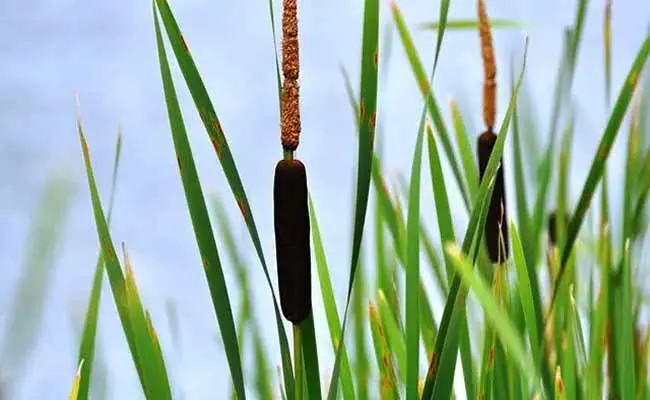 |
2. Sagittaria (Arrowheads)
| These plants have arrow-shaped leaves and convey white flora. They are regularly determined in shallow waters or along the edges of ponds and lakes. | 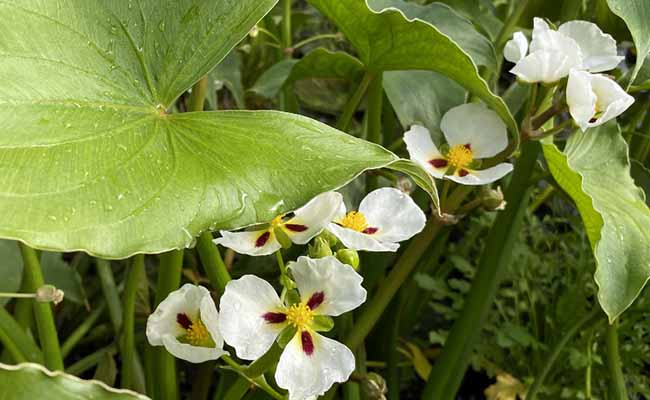 |
3. Iris (Irises)
| Iris are recognized for their colorful vegetation and lengthy, sword-fashioned leaves. Some species have been tailored to partly submerged situations and may be located in wetland regions. | 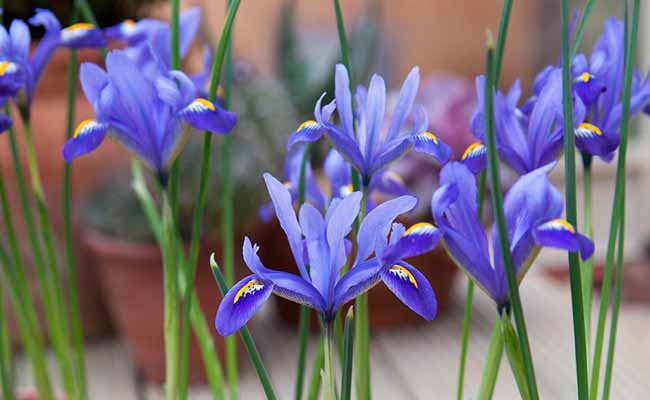 |
4. Phragmites (Common Reed)
| This tall grass-like plant is understood for its feathery plumes and rhizomatous increase in addiction. It grows in wetlands and along the shores of lakes and rivers. | 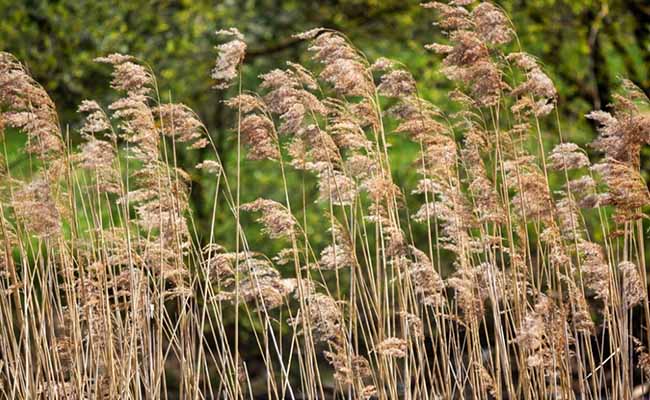 |
Characterization
Semi aquatic plants have particular adaptations that allow them to thrive in dry and wet conditions. Some commonplace traits of these plants consist of:
- Amphibious Leaves
Semi-aquatic plants have leaves that are specifically tailored to withstand submersion in water. These leaves may additionally have a waxy coating or air-crammed areas to offer buoyancy.
- Rhizomes and Adventitious Roots
Many semi-aquatic plants have underground stems referred to as rhizomes, which assist them to anchor within the soil and take in vitamins and nutrition. They additionally develop adventitious roots, which can grow in both submerged and terrestrial environments.
- Tolerance to Waterlogging
Semi-aquatic vegetation has evolved mechanisms to address waterlogged conditions, along with specialized root structures for green gas change and adaptations for nutrient uptake.
- Reproductive Strategies
These plants appoint numerous strategies for copying, including wind pollination, water dispersal of seeds, and vegetative propagation through rhizomes or runners.
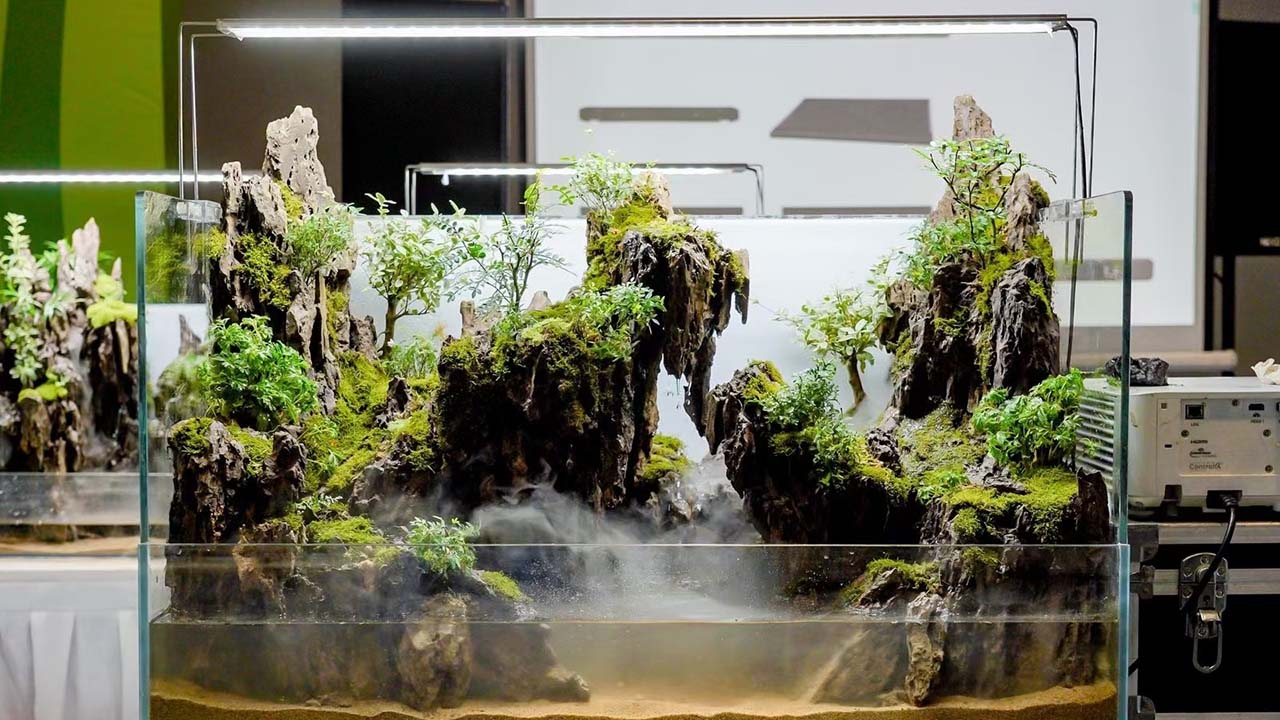
Do semi aquatic plants launch oxygen into water?
Yes, semi aquatic plants do release oxygen into the water. Like fully aquatic plants, semi-aquatic plants undergo photosynthesis, a process where they use daylight, carbon dioxide, and water to provide oxygen and glucose. The oxygen produced through photosynthesis is launched into the encompassing water, which advantages the aquatic organisms residing in that surroundings.
Can semi aquatic plants be submerged?
Semi-aquatic plants can live both in water and on land. While they typically opt to have their roots submerged in water, they also can tolerate being planted in soil or partly submerged. However, it is critical to observe that now not all semi-aquatic plant life may be submerged in water tanks.
Each plant has its unique necessities and tolerances in terms of water ranges and situations. Some semi-aquatic plant life, like water lilies, thrive while their leaves float on the water’s floor, however, their roots remain submerged. On the other hand, there are semi-aquatic plant life that cannot live when submerged in water and need their leaves to be above the waterline, for instance, some of the Anubias plants.
6 Popular Semi Aquatic Plants For Aquariums
These famous semi aquatic plants offer more than a few options for aquarists trying to create beautiful and natural-searching surroundings.
1. Anubias
| Anubias is a famous preference for semi aquatic setups due to its capability to thrive in both submerged and partially submerged conditions. It has vast, dark green leaves that add a lush and herbal appearance to the aquarium. Anubias is a gradual-growing plant that requires low to mild lighting fixtures and can be connected to rocks or driftwood. | 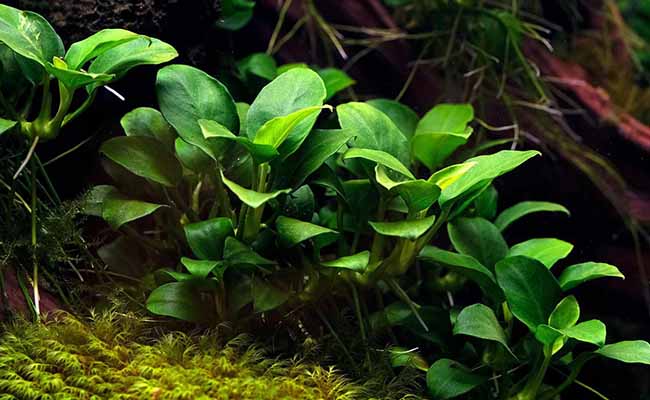 |
2. Java Fern
| Java Fern is every other flexible plant that can be grown in both aquatic and terrestrial environments. It has long, flowing leaves that provide a stunning backdrop inside the aquarium. Java Fern is a hardy plant that requires low to moderate lights and can be connected to rocks or driftwood. | 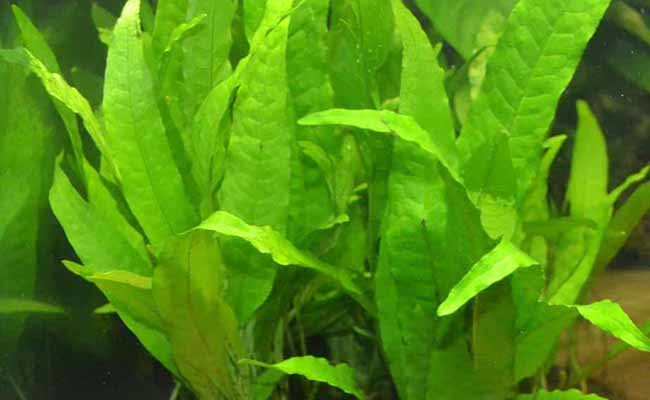 |
3. Amazon Sword
| The Amazon Sword plant is known for its huge, sword-fashioned leaves that create a dramatic focal factor inside the aquarium. It calls for mild to high lighting and nutrient-wealthy substrate to thrive. The Amazon Sword is a superb preference for large aquariums or paludarium tanks. | 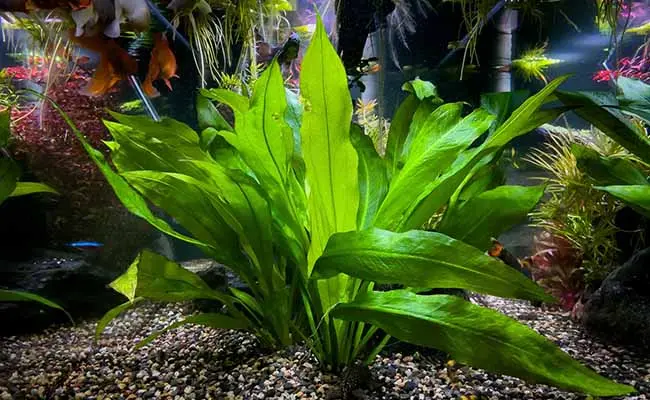 |
4. Water Wisteria
| Water Wisteria is a fast-growing plant that could quickly fill out an aquarium with its long, feathery leaves. It requires slight lighting and nutrient-wealthy substrate. Water Wisteria can be planted within the substrate or floating inside the water column. | 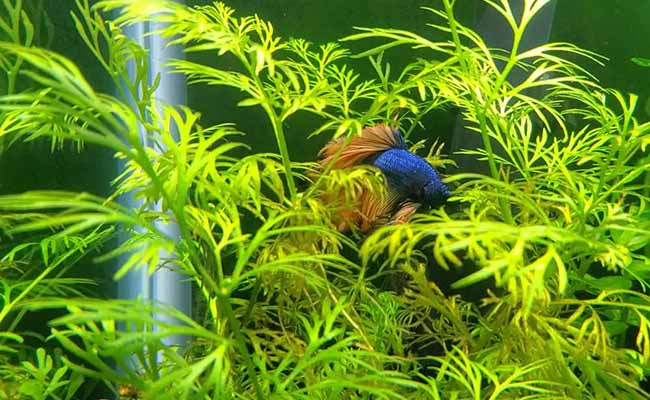 |
5. Cryptocoryne
| Cryptocoryne plant life is available in a variety of species, each with its particular leaf shape and color. They are quite low-protection plants that may tolerate a wide variety of lighting fixture situations. Cryptocoryne plant life is nicely planted inside the substrate and can add intensity and texture to the aquarium. | 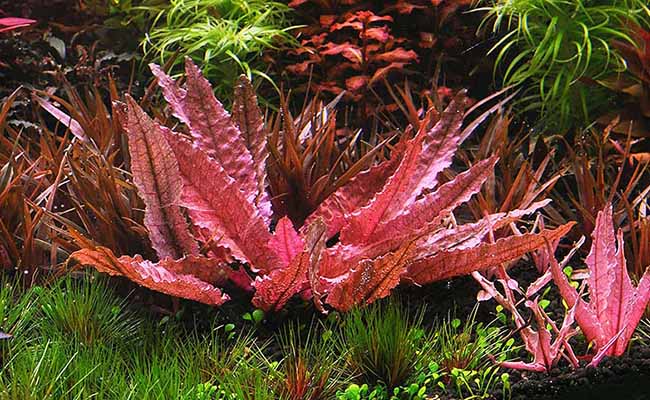 |
6. Dwarf Hairgrass
| Dwarf Hairgrass is a famous choice for growing a lush, carpet-like impact inside the aquarium. It requires excessive lighting fixtures and nutrient-rich substrate to thrive. Dwarf Hairgrass may be planted inside the substrate and trimmed regularly to preserve a neat look. | 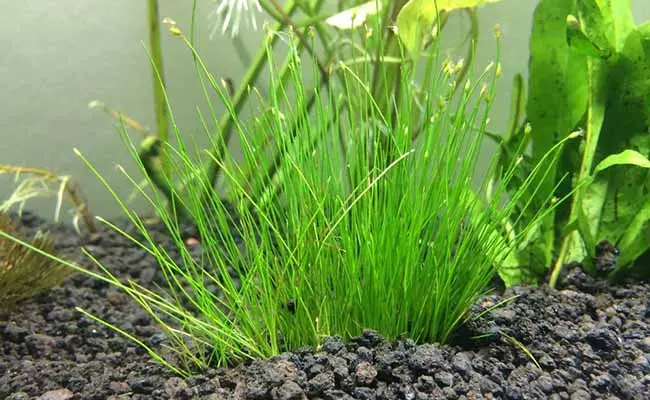 |
Semi Aquatic Plant Care Tips
When it involves worrying about semi-aquatic vegetation in aquariums, there are some essential pointers to keep in thoughts.
- Look for plant life that is particularly labeled as semi-aquatic or amphibious. These flowers are tailored to stay above and beneath the waterline, making them perfect for aquariums.
- Most semi-aquatic plants require moderate to excessive stages of light to thrive. Consider using a full spectrum LED light or a fluorescent light fixture that designed for planted aquariums.
- Choose a substrate that is appropriate for aquarium use, including aquarium soil or sand. This will offer the vital vitamins for the plants’ roots to grow and establish.
- In terms of water situations, semi-aquatic plants commonly decide upon barely acidic to neutral water with a pH between 6.0 and 7.5. They also thrive in water with mild hardness and desirable water streams.
- Trim and prune the plants as needed to save them from overgrowth and keep their desired shape. Remove any lifeless or decaying plant leaves right away to save your water problems.
Final Words
In conclusion, embracing the beauty and versatility of semi-aquatic vegetation in aquariums opens up a world of possibilities for aquarists. From the distribution and classification of these unique species to their role in oxygen release and adaptability to partial submersion, these plants bring life and vibrancy to aquatic environments.
With the above insights comparison of famous choices and vital care suggestions, aquarium lovers can cultivate stunning underwater landscapes at the same time as preserving a thriving and balanced ecosystem.
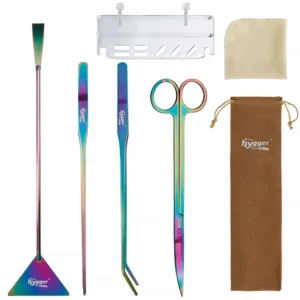
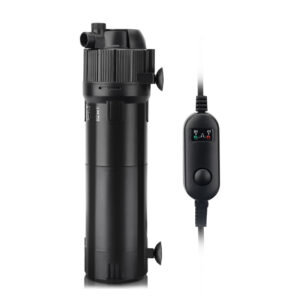
Leave a comment